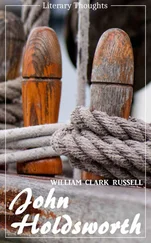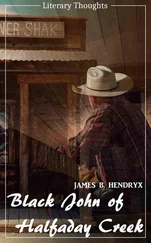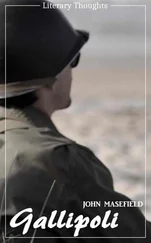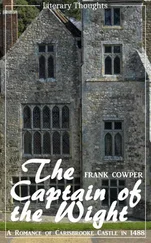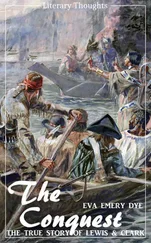A fresh storehouse was finished, and a landing place formed at the head of the Cove; and, the bad year once passed, the young settlement seems to have steadily, if slowly, grown and spread, first along the foreshores and the course of the Tank Stream, until, cradled though it had been in despair and famine, and handicapped by the quality of its inhabitants, it presently began to be apparent to everyone that there was forming on the shores of the cove the nucleus of a city. In 1792 Phillip left the colony and went home to England, more secure than ever in the belief, which, indeed, had never deserted him, that the prosperity of the settlement was thoroughly assured.
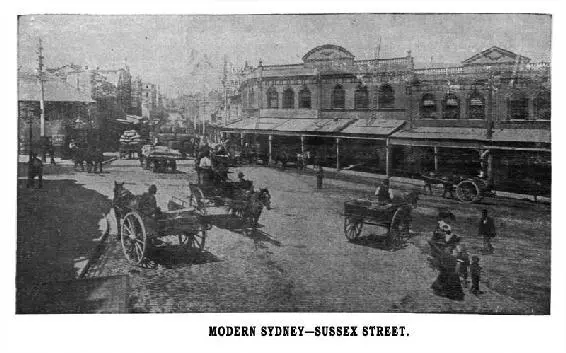
One incident of ‘91 should be noted, in that the first convict settler, who had made a declaration that he was able to support himself on a farm he had occupied for fifteen months, received a grant of 140 acres of land. At the present day many of our settlers would be only too proud to be able to declare a similar fact.
In 1792 flour was 9d. per lb.; potatoes were 3d. per lb. A sheep cost £10 10s; a milch goat, £8 8s; breeding sows, each £7 7s to £10 10s; laying fowls, 10s. By these figures it may be seen what terrific value was attached to live stock of any description in these early days.
Tea was a luxury, indeed, at 8s to 16s per lb. Sugar was comparatively cheap at 1s 6d per lb. Spirits at 12s to 20s per gallon were cheaper than at present, and porter at 1s per quart was within the reach of most people. At this time, and for a score of years afterwards, it must be remembered that spirits, chiefly rum, were the ordinary currency of the colony. When Hunter arrived, in 1795, the whole population, with the exception of 179, was dependent on the public stores for rations.
Briefly, the events of his five years’ term embraced the first use of the printing press, the discovery of the lost herd of cattle, and the forming of the settlement of Newcastle, on the Hunter River.
So far as Sydney itself was concerned, the only building of importance seems to have been that of the first school. Here 300 children were taught, and, after service each Sunday, catechised by the Rev. Mr. Johnson. Various windmills, too, were erected to grind the settlers’ corn. This was done gratuitously by the government. In 1800 Captain Hunter was superseded by Captain King.
During the latter’s term the Female Orphan School, of which more anon, was founded; the first issue of copper coin took place. A notable incident was the establishment by a prisoner, Geo. Howe, of the first Australian newspaper, known as the “Sydney Gazette and New South Wales Advertiser.’’ This was in 1803, and original files of this ancient newspaper are now so scarce as to be very valuable. The editorial address accompanying the first issue runs:
“Innumerable as the obstacles were which threatened to oppose our Undertaking, yet we are happy to affirm that they are not unsurmountable, however difficult the task before us. The utility of a paper in the colony, as it must open a source of solid information will we hope be universally felt and acknowledged. We have courted the assistance of the Ingenious and Intelligent. We open no channel to Political discussion or Personal Animadversion. Information is our only purpose; that accomplished, we shall consider that we have done our duty in exertion to merit the Approbation of the Public and so secure a liberal patronage to the ‘Sydney Gazette.’ ”
Chapter II – Weakly Infancy
FOR many years Sydney does not appear to have made much headway. Even in 1816-17 Woolloomooloo was a dense scrub, in which it was very easy to get bushed, whilst tea (sometimes wrongly called ti) tree grew freely throughout the city in streets and open places. Thatched houses and mud huts formed the majority of the buildings. Where the Town Hall now stands was a public cemetery, although not the earliest, for a burying-ground had been earlier made further north; the Cathedral grounds of to-day were a favourite camp for drovers and cattle dealers; and everywhere roamed the aborigine.
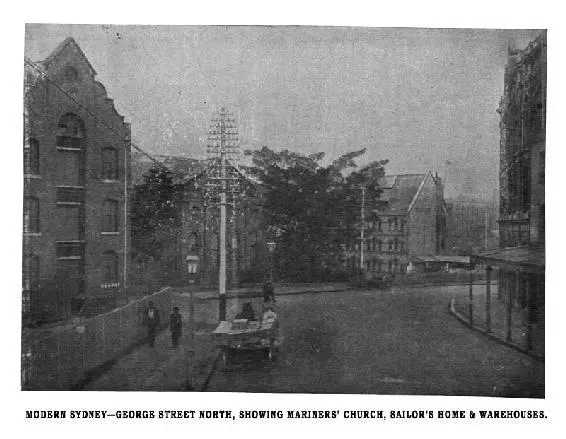
George-street (named after the reigning monarch) started from Dawes Point, and ran along the western side of the Cove. The only public wharf was that already referred to, and known as King’s. There, all the merchandise of the colony was landed. Near the wharf, the now almost neglected Tank Stream flowed into the Cove. Houses were scarce and scattered. Where the Mariners’ Church stands there was one of the few weatherboard cottages. On the other side of the Cove were situated the Government boatsheds.
The roads were still mere bush tracks of dust or mud, according to the weather. For some inscrutable reason other, an orphanage had been built at the corner of Bridge-street. Apparently the authorities expected a prolific crop of orphans. These, however, proved so scarce that in a few years the building was abandoned, and the land subdivided, and sold. Out of this re-arrangement Queen’s Place was formed. There was a bank—the Australia—at the corner of George and Essex streets. And here took place the first Australian bank robbery. The thieves tunnelled from a drain in an adjacent paddock until they reached the strong room, and, forcing that, got away in safety with much plunder.
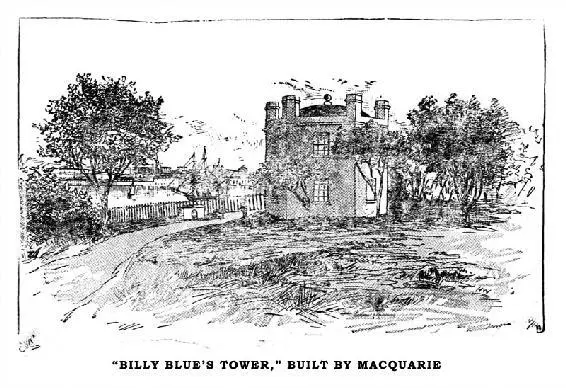
Where the Bank of Australia now stands were the Government stores, whence rations were served out to the convicts. Across Bridge-street the Tank Stream flowed sluggishly, spanned by its thick-set bridge of a pattern seen over country brooks in England. The origin of the word “Tank” may not be generally known. It seems that a butcher at that time had his shop in Hunter-street, and his land extended back to the stream. On one side of his property were a number of excavations, or tanks, cut out of the solid rock, and in these the soldier’s wives washed clothes. Other accounts, however, say that out of these “tanks” the town derived its water supply. The two stories, even in those days, could hardly be compatible. Probably the latter is correct.
On the site of our present General Post Office stood a small house in a fruit garden, whilst near by was a clump of detached cottages and some fenced-in paddocks. At the corner of George and Barrack streets was in 1817, a cow-yard, which fronted George-street for a considerable distance. In the cottage next to the milkman’s lived a turner, and next him stood a three-roomed public-house.
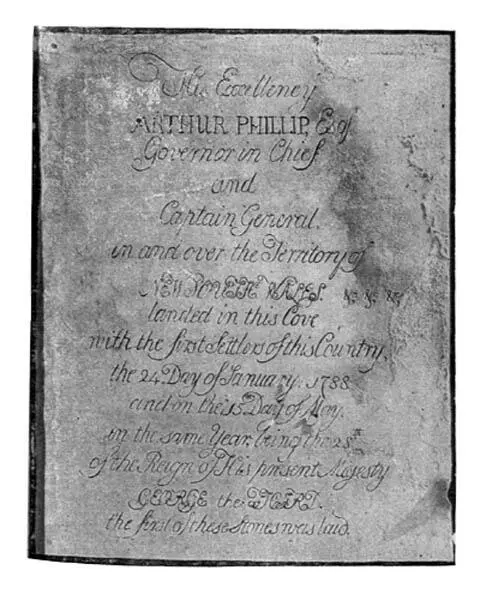
The above is a facsimile of the copper plate which was discovered in March, 1899, when excavating a telephone tunnel near the corner of Philip and Bridge streets. Collins, the contemporary historian of the First Fleet, describes the laying of the foundation of the first Government House, and relates how this plate was then deposited. Collins prints the inscription, which last year saw the light for the first time for 111 years.
The site of the old markets was enclosed by a strong four-railed fence, and here were a number of sheds for the display of produce brought in by the settlers. North of the market stood a wooden pillory, large enough to hold a couple of offenders. Prisoners sentenced to floggings were brought to this place, tied to a cart-tail, and publicly whipped in view of the crowd of marketing women.
Читать дальше






